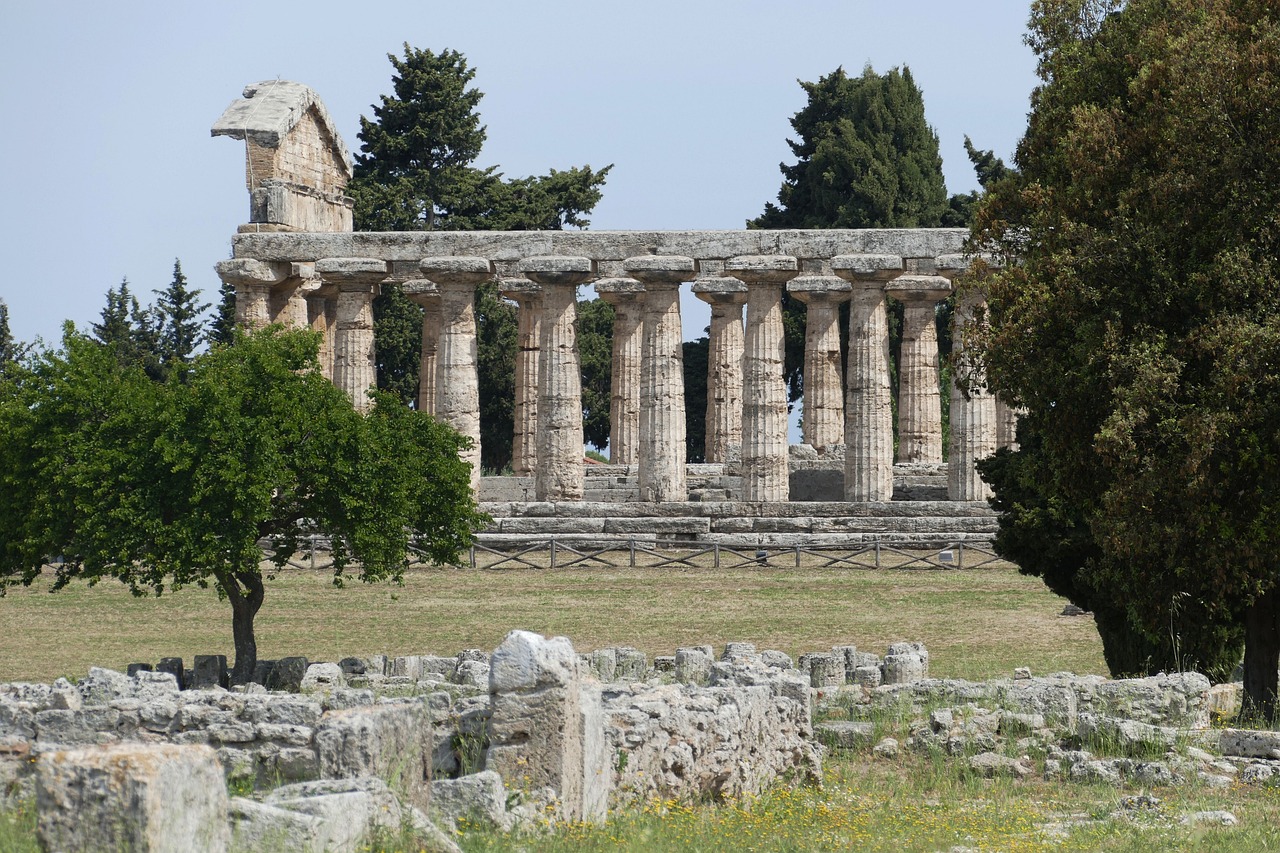The Role of Poseidon in Greek Mythology
Poseidon, known by the Romans as Neptunus, is a prominent figure in Greek mythology, revered as the Olympian god of the sea, horses, earthquakes, and storms. He is typically represented as a robust, bearded man grasping a trident—a symbol of his dominion over water.
Mythical Accounts
The mythology surrounding Poseidon is rich and varied. At his birth, he was consumed by his father, Kronos, but was later rescued with the assistance of Metis, who tricked Kronos into regurgitating him. Throughout the epic battles against the Titans, Poseidon was instrumental, wielding a magical trident crafted by the Kyklopes, which he used to help overthrow the elder gods and confine them to Tartaros. Following this victory, Poseidon and his brothers drew lots to share the cosmos, with the sea becoming Poseidon’s realm.
One notable encounter occurred during the Giants’ assault on Mount Olympus, where Poseidon vanquished the giant Polybotes, burying him under the island of Kos. Another fascinating tale involves his contest with Athena for control of Athens; Poseidon offered a gift of a horse, but when denied victory, he unleashed drought upon the land as punishment.
Poseidon’s romantic escapades are legendary, as he seduced various mortal women and nymphs, often disguising himself as an animal or flowing water. Among his notable lovers were Medusa, Tyro, and Aithra, the mother of Theseus. One of his monumental contributions was aiding in the construction of the city walls of Troy, though he later retaliated with a sea monster for not receiving the promised reward.
Odysseus also faced Poseidon’s wrath after blinding his son Polyphemus; the god unleashed a tempest that destroyed the hero’s fleet as punishment.
Symbols and Characteristics
Poseidon embodies several attributes symbolizing his power. His trident—often depicted alongside a boulder adorned with marine life—stands as his signature weapon. Artistic representations reveal that he was often portrayed clothed in elegant robes or stark nude with a cloak, typically adorned with a wild celery wreath or a simple headband.
In terms of fauna, Poseidon’s sacred animals include bulls, horses, and dolphins, with the horse particularly significant due to Poseidon’s role as its creator. His chariot, drawn by sea horses known as hippokampoi, exemplifies his connection to both the land and sea. Sacred plants associated with him include pine trees and wild celery, which adorned the victors at the Isthmian Games.
Poseidon’s Family
Born to the Titans Kronos and Rhea, Poseidon is sibling to Zeus, Hades, among others. He wed Amphitrite, a marine goddess and daughter of Nereus, with whom he bore Triton, the messenger of the sea. Poseidon’s progeny also include mythical beings and heroes, including giants and influential mortals such as Theseus and Bellerophon.
Cultural Impact
Poseidon’s influence extended throughout Greece and southern Italy, though he was especially honored within the Peloponnesus. Festivals often included sacrifices of bulls and various competitions like horse races in his name.
His artistic depictions fluctuate in mood—from serene to chaotic—much like the sea’s temperament. Poseidon’s image evolved over time, intertwining with Roman mythology as he became synonymous with Neptune, extending his legacy into broader cultural contexts.
Conclusion
Poseidon’s complex character and narratives highlight his significant influence in Greek mythology, meriting his respect as the god who commanded both the sea and the tumultuous earth. His various tales of power, fury, and familial relationships coalesce to create a multifaceted deity whose legacy persists in historical storytelling.



